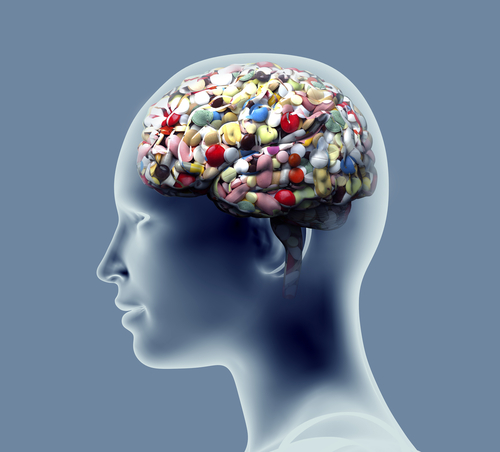Addiction is caused by cravings, as are most relapses. By the time someone emerges from treatment, they should know how to deal and live with cravings. However, most recovering addicts will slip–or relapse completely–within the first few months of graduating rehab. Cravings can be sneaky. The best way to beat them is to learn the trickery like the back of your hand. To do that, you have to understand brain circuitry at least a little bit.
Reward and Motivation
Human behavior is based on reward, obviously, but did you know that these reward-motivation connections can be be assessed on a physiological level? They occur in three specific brain regions: the nucleus accumbens, the ventral striatum, and the medial prefrontal cortex. By releasing certain neurotransmitters, the brain drives a process of learning that creates incentive salience–in this case, wanting more drugs or alcohol.
People, places, sounds, smells–external cues, sometimes totally random-seeming, can drive cravings of any level, for any stimuli: gambling, sex, drugs, and even hyperpalatable foods like candy. People in a recovery clinic aren’t in the clear just because their drug of choice isn’t present; they will face those cues and cravings anyway.
When someone completes treatment and returns to the real world, you might expect them to be in the clear, since the drugs are out of their system. Again, though, the seed is still in there, and more often than not, it’s something in our environment that drives us to feed it.
So how can this powerful neurological addiction-driver be handled? By disrupting the activity in the pallidum, thus preventing the transfer of incentive value of cues paired with the reward.
The Incentive Sensitization Theory
Depending on a person’s neurobiological state, a person’s incentive salience may be subconscious. This explains why an addict may crave a drug, but also wish that they didn’t.
Incentive Salience and Cravings
Based on what we can see in the brains of other animals, many scientists attribute strong incentive salience to a conditioned stimulus cue that predicts reward. In one experiment, researchers inserted a lever into an experimental rat chamber for 10 seconds. After the lever was withdrawn, a food pellet was given. When food was given to the rats even when they hadn’t earned it, they still pressed the lever and bit the lever as if it were the reward itself. Then, by injecting clozapine N-oxide (CNO) into the ventral palladium, the ventral palladium was suppressed, which blocked the rats’ sign-tracking behavior.
Apparently, inactivation of the ventral palladium disrupts the transfer of incentive value to obtain rewards. The ventral palladium plays a big role in the motivational behaviors underlying drug addiction. Within this small brain region, there may be some big secrets about triggers and cravings.
Understanding addiction is the key to beating it. For more information on the mechanics behind cravings and relapse, call us at 949-637-5499




